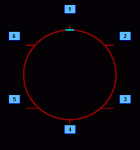N Type and P Type Semiconductors
July 6, 2016
Semiconductive materials do not conduct current well and are of limited value in their intrinsic state. This is because of the...
Read more
Band Gap for Semiconductor Materials
July 6, 2016
The valence shell of an atom represents a band of energy levels and that the valence electrons are confined to...
Read more
Insulators, Conductors and Semiconductors
July 6, 2016
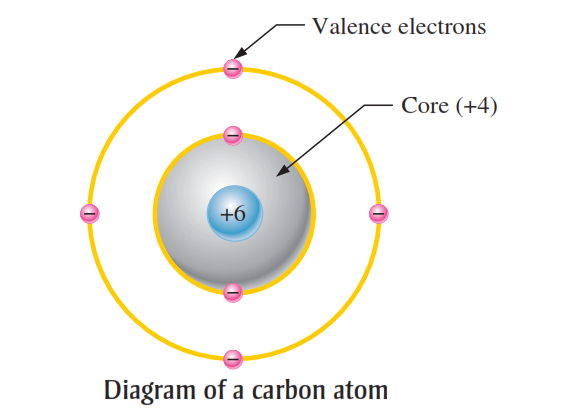
All materials are made up of atoms. These atoms contribute to the electrical properties of a material, including its ability to...
Read more
Dependent Current Source
July 5, 2016
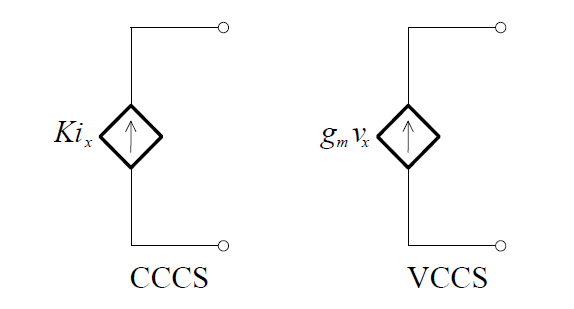
A dependent current source establishes a current, which is independent of the voltage across it, that is determined by the...
Read more
Dependent Voltage Source
July 5, 2016
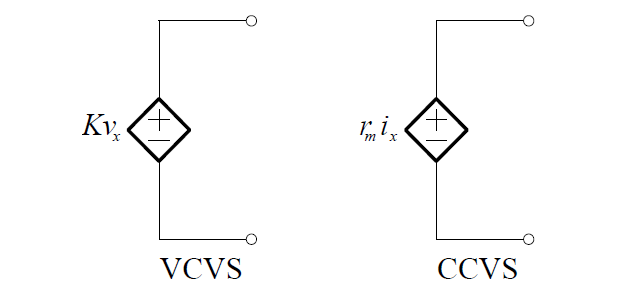
Dependent Sources An ideal source, either voltage or current, whose value depends upon some parameter (usually a voltage or current)...
Read more
Current Divider Rule
July 5, 2016
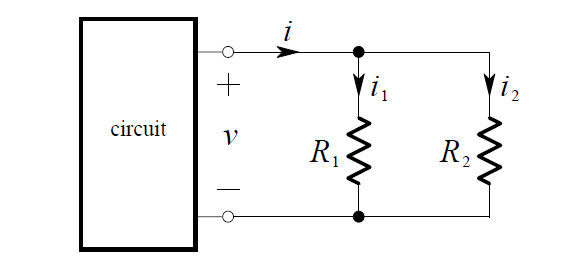
It can be quite useful to determine how a current entering two parallel resistors “divides” between them. Consider the circuit shown...
Read more
Voltage Divider Rule
July 5, 2016
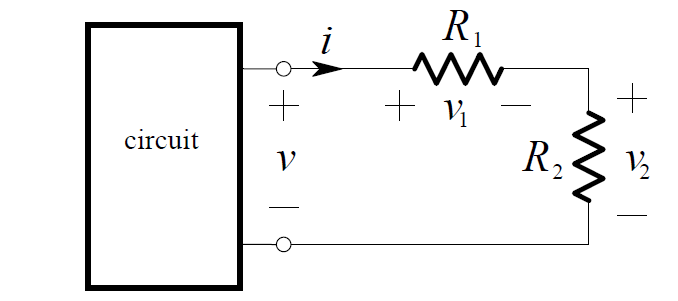
It can be quite useful to determine how a voltage appearing across two series resistors “divides” between them. Consider the...
Read more
Combining Independent Current Sources in Parallel
July 5, 2016

It is not possible to combine independent current sources in series, since this would violate KCL. However, consider the parallel...
Read more
Combining Independent Voltage Sources in Series
July 5, 2016
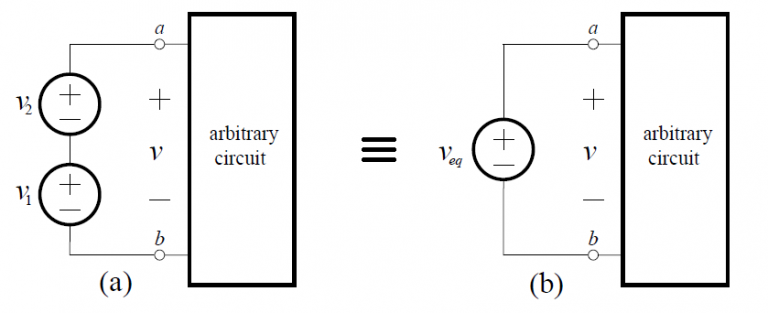
Combining Independent Sources An inspection of the KVL equations for a series circuit shows that the order in which elements ...
Read more
Series and Parallel Resistors
July 5, 2016
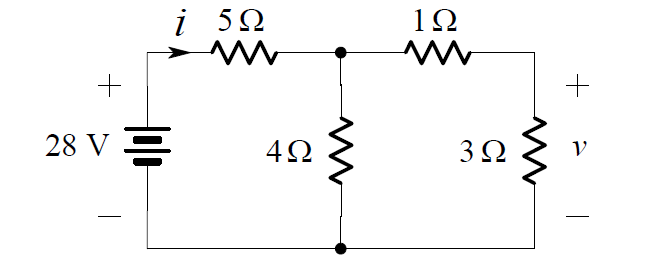
Combining Resistors Relatively complicated resistor combinations can be replaced by a single equivalent resistor whenever we are not specifically interested...
Read more
